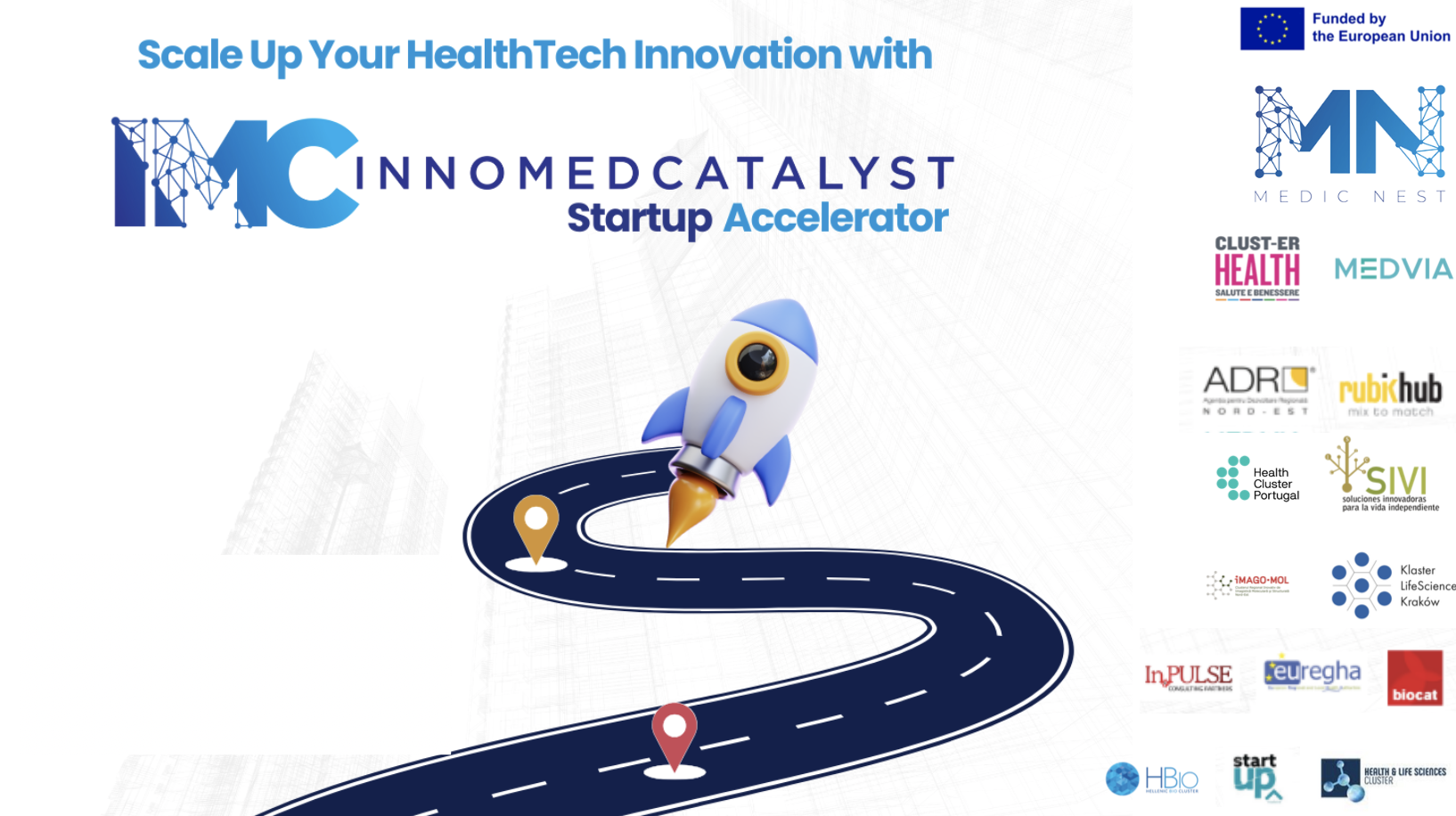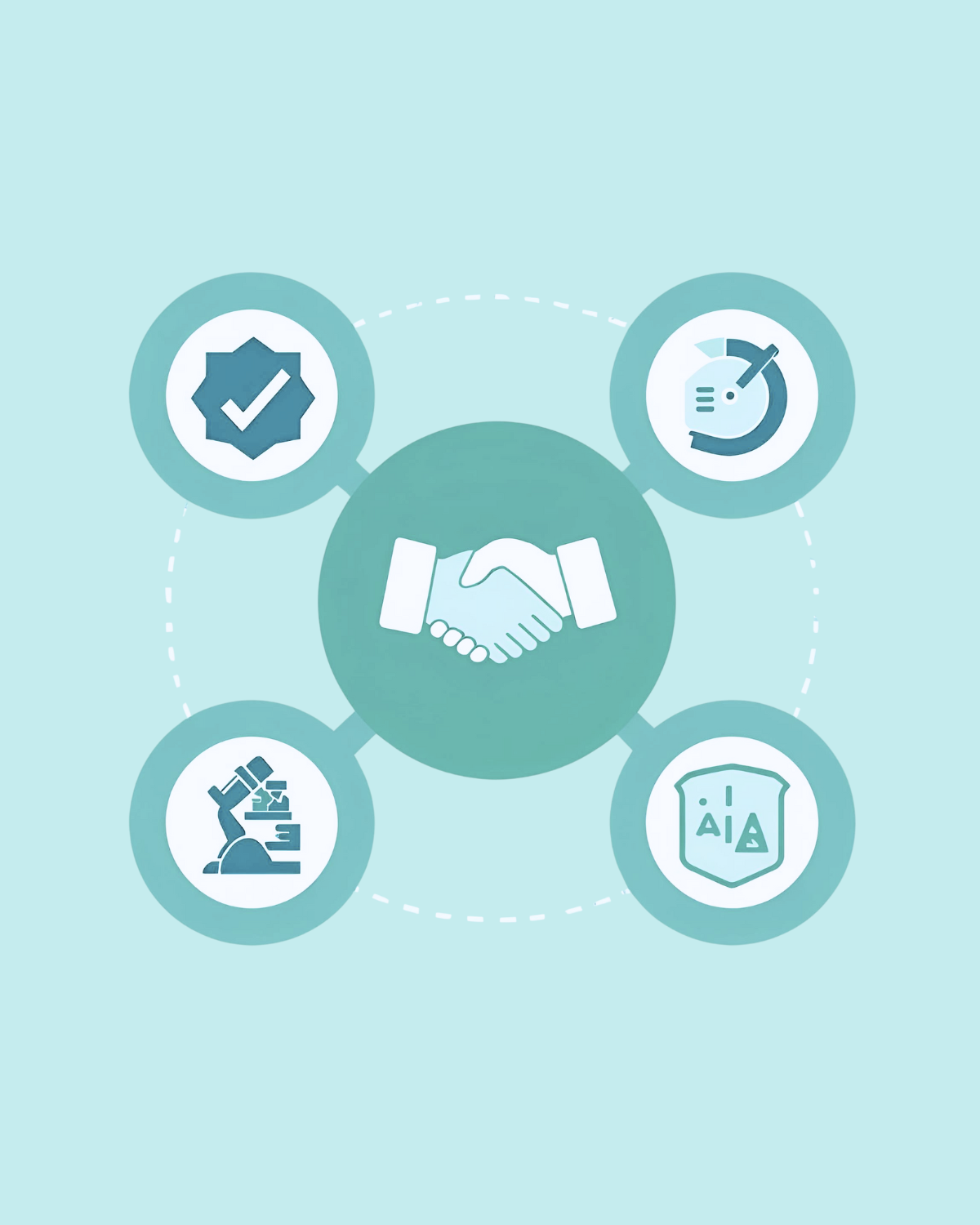Digital Rehabilitation: A Current Need for a More Effective and Accessible Healthcare System
The aging population, the rise of chronic and neurological diseases, and the growing attention to musculoskeletal and post-traumatic health make rehabilitation an increasingly central and crucial area for public health [1].
But can traditional rehabilitation really meet today’s needs?
The Limitations of the Traditional Rehabilitation Model
The traditional rehabilitation system currently shows several shortcomings.
Access and continuity of care are often compromised by very long waiting lists and logistical difficulties, especially for vulnerable people or those living in remote areas. This leads to interruptions in therapeutic pathways, with negative impacts on treatment effectiveness [2].
Personalization of the rehabilitation process is still too rigid: tools are lacking to dynamically adapt therapy to the specific conditions and progress of each patient. Combined with less engaging methods, this makes it difficult to sustain motivation over time.
In terms of monitoring and clinical evaluation, there are also important gaps: data are often not collected in a structured way, making it hard to compare, improve, and valorize outcomes.
At the same time, healthcare professionals face an overload of administrative tasks that leaves little room for clinical analysis and follow-up—both crucial elements of a quality rehabilitation process.
Finally, a too often overlooked aspect is health literacy: patient understanding of health information is crucial for effective rehabilitation and active participation [3].
Concrete Needs
Needs vary depending on who experiences the rehabilitation process, but all converge towards the necessity of a more flexible, informed, and technology-supported approach.
For patients, it is essential to feel actively involved, to access therapy from home or through flexible modalities, and to receive simple, understandable feedback on their progress.
Healthcare professionals, on the other hand, need reliable and objective data to assess treatment effectiveness, tools to support therapy planning, and solutions that reduce time spent on repetitive low-value tasks, freeing up more clinical time for patients.
Healthcare facilities, finally, seek solutions that optimize resources, increase process efficiency, and ensure traceability and monitoring of outcomes without sacrificing quality of care.
What Features Should an Effective Solution Have?
To effectively respond to the growing demand for rehabilitation, even in resource-limited contexts, it is necessary to adopt digital solutions that ensure [4]:
Objectivity, through continuous and precise measurement of motor parameters;
Personalization, with protocols that dynamically adapt to the patient;
Accessibility, through remote therapy with continuous support;
Adherence and motivation, fostered by engaging interfaces and motivational feedback;
Integration, ensuring compatibility with existing workflows of therapists and healthcare facilities;
Data analysis, turning every use into an opportunity for clinical and scientific learning.
Digital Solutions
Numerous studies show that digital technologies—from software platforms to wearable devices—significantly improve access to care, increase patient engagement, and generate objective data to support rehabilitation pathways [5].
The magazine PharmaStar dedicated an entire issue to Digital Medicine (Magazine 17, July 2023 [6]), highlighting how digital systems, including wearables and digital platforms, are transforming rehabilitation into a more continuous, intelligent, and patient-centered process. In particular, the combined use of motion sensors and interactive applications, such as so-called “serious games,” not only enables more engaging therapy sessions but also allows the collection of a large amount of data on the patient’s functional status. These data—covering motor, physiological, and neurological parameters—are then processed with the aid of artificial intelligence algorithms to support clinicians in defining increasingly targeted and effective rehabilitation pathways.
Thanks to these innovations, digital rehabilitation is emerging as an integrated solution covering multiple stages—from prevention to training, therapy to evaluation—bringing care directly to the patient’s home and fostering an approach that is more centered on individual needs. Notably, digital rehabilitation programs have achieved clinical outcomes comparable to traditional physiotherapy, but with higher rates of participation and adherence [7].
Challenges in Introducing Digital Solutions into Medical Practice
Despite its potential, introducing digital rehabilitation into daily practice is not without obstacles.
The adoption of digital rehabilitation in healthcare requires time and commitment. Proven-effective digital rehabilitation solutions must not remain limited to private care settings but should be extended to the entire healthcare system, especially the public one. This would avoid both inequities in access based on financial availability and the loss of health opportunities for patients themselves.
At the same time, healthcare professionals must be equipped to use these technologies safely and responsibly, with certified tools, environments, content, and devices aligned with their intended use and consistent with scientific evidence, guidelines, and industry best practices.
The direction is clear
Today, concrete tools already exist that can address these needs in an innovative, effective, and integrated way. Digital rehabilitation is no longer a future possibility — it is a current necessity to build a more efficient, inclusive, and data-driven healthcare system.
DigitalRehab positions itself as a key player in this change, offering cutting-edge solutions that make digital rehabilitation accessible and personalized, effectively improving patients’ quality of life and supporting healthcare professionals.
References:
- Zeng, Xianwei MDa,b; Su, Maoquan MDb; Li, Huiliang PhDc. Editorial: Opening a new era in aging and rehabilitation research. Journal of Aging and Rehabilitation 1(1):p 1-3, March 2024. | DOI: 10.1097/jagr.0000000000000002
- World Health Organization. Rehabilitation [Internet]. Geneva: WHO; 2023 [cited 2025 Jul 21].
- Levasseur M, Carrier A. Do rehabilitation professionals need to consider their clients’ health literacy for effective practice? Clin Rehabil. 2010 Aug;24(8):756-65. doi: 10.1177/0269215509360752. Epub 2010 Jun 11. PMID: 20543020; PMCID: PMC3586249.
- Arntz A, et al., Technologies in Home-Based Digital Rehabilitation: Scoping Review. JMIR Rehabil Assist Technol. 2023 Jul 27;10:e43615. doi: 10.2196/43615. PMID: 37253381; PMCID: PMC10415951.
- Sumner J, et al.,Artificial intelligence in physical rehabilitation: A systematic review. Artif Intell Med. 2023 Dec;146:102693. doi: 10.1016/j.artmed.2023.102693. Epub 2023 Nov 2. PMID: 38042593.
- PharmaStar. (2023). Magazine 17: Digital Medicine.
- Laver, K., et al. (2024). Real‑time video telerehabilitation shows comparable satisfaction and similar or better attendance and adherence compared with in‑person physiotherapy: A systematic review. Journal of Physiotherapy, 70(3), 181–192.











